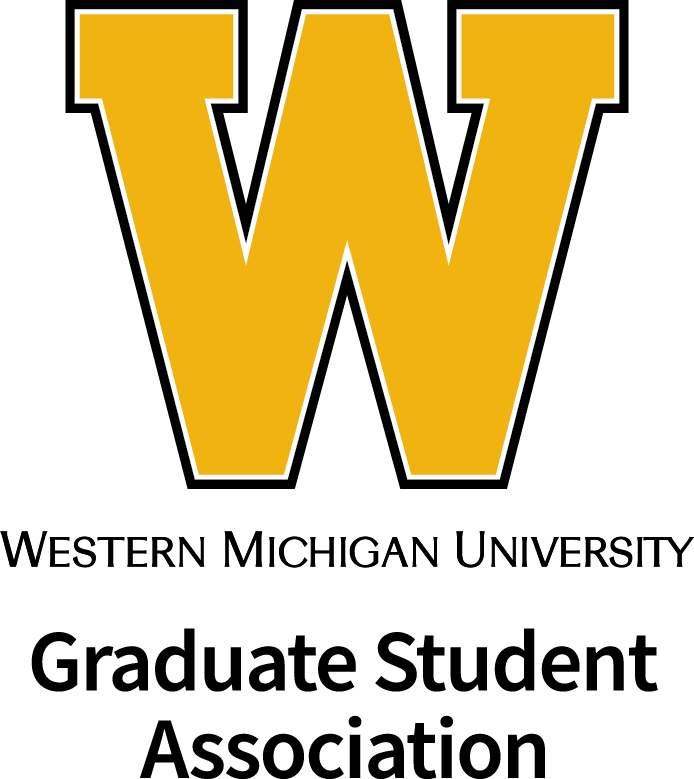Abstract
In lieu of an abstract, a short excerpt is provided:
"
The 1960s and 1970s were a decade of turbulence, militancy, and unrest in America. The post-World War II boom in consumerism and consumption made way for a new post-materialist societal ethos, one that looked past the American dream of home ownership and material wealth. Many citizens were now concerned with social and economic equality, justice for all people of the world, and a restructuring of the capitalist system itself. According to Max Elbaum, the traditional narrative of the 1960s begins with an “idealistic, impassioned” youth working on voter registration and civil rights and ends with “days of rage as the sixties movement, frustrated by the Vietnam War, became irrational and self-destructive.”[i] What started out as middle-class students organizing in the South for civil rights slowly transformed into “the emergence of the New Left, the antiwar movement, women’s liberation, and identity based politics.”[ii]
The New Left protest groups of this decade are important to gay radicalism because they created the foundational strategies for future gay activism.[iii] Although Homophile organizations existed in the 1940s and 1950s, gay radicalism did not fully blossom until the language, style, and strategies of the New Left emerged during the decade of discontent, chiefly embodied by the Students for a Democratic Society (SDS) and the Black Panther Party.[iv] In Maurice Issserman and Michael Kazin’s view, “the New Left was a profoundly American movement, inspired by the civil rights movement, and fashioning its early political beliefs from a combination of American radical traditions.”[v] Originally, the New Left focused on social justice issues – poverty, race, equality – through conscience raising events. Eventually, as the Vietnam War escalated, and the stark realities of American imperialism became more apparent, many adopted a militant approach.[vi]
[i] Max Elbaum, Revolution in the Air: Sixties Radicals Turn to Lenin, Mao, and Che, New ed (London ; New York: Verso, 2006), 15.. The “Good Sixties, Bad Sixties” narrative, exemplified in Todd Gitlin's The Sixties: Years of Hope, Days of Rage, is contested by multiple scholars, including Terence Kissack, “Freaking Fag Revolutionaries: New York’s Gay Liberation Front, 1969–1971,” Radical History Review 1995, no. 62 (March 20, 1995): 105–134.
[ii] David A. Reichard, “‘We Can’t Hide and They Are Wrong’: The Society for Homosexual Freedom and the Struggle for Recognition at Sacramento State College, 1969-1971,” Law & History Review 28, no. 3 (August 2010): 636.
[iii] Similar to many other authors of gay history, the use of identity labels is often messy. An individual or organization’s use of a specific term is a very personal decision. Consequently, I have adopted the standard practice of referring to a movement or organization as they would have been during the historical period in which they existed. Hence, for much of the 1960s and 1970s, “gay” or “lesbian and gay” would have been used to refer to a community of homosexual individuals. Furthermore, I refer to the Gay Liberation movement and Gay Rights movements with two very distinct definitions. Gay liberation sought the goal of destroying a system in which gays and lesbians were treated as second-class citizens; on the other hand, the Gay Rights Movement was specifically targeting laws and ordinances, within the political system, which discriminated against gays and lesbians. At no point should my misuse of a term be construed as a lack of sensitivity.
[iv] Various rights group adopted the term “homophile” because it denotes same-sex love and not just sexual acts. The homophile movement wanted to persuade “hetero and homosexuals alike that gay men and women should be considered full participants in the pageant of American civil rights.” See John Dennett II. Master, “`A Part of Our Liberation’: ‘ONE Magazine’ and the Cultivation of Gay Liberation, 1953-1963” (Ph.D. Dissertation, University of California, Riverside, 2006), 361. For more, see Martin Meeker, “Behind the Mask of Respectability: Reconsidering the Mattachine Society and Male Homophile Practice, 1950s and 1960s,” Journal of the History of Sexuality 10, no. 1 (2001): 78–116, doi:10.1353/sex.2001.0015; James T. Sears, Behind the Mask of the Mattachine: The Hal Call Chronicles and the Early Movement for Homosexual Emancipation, Gay and Lesbian Studies (New York, N.Y.: Harrington Park Press, 2006).
[v] Maurice Isserman and Michael Kazin, America Divided: The Civil War of the 1960s, 4th ed. (New York, N.Y.: Oxford University Press, USA, 2011), 161.
[vi] Terrence R. Restivo, “The Building of a New Left Conglomerate in the City of Ann Arbor: VOICE, the Black Action Movement and Human Rights Party (1965-1975)” (M.A., Duquesne University, 2006), 6."
Recommended Citation
Denby, Eric
(2015)
"From “Black is Beautiful” to “Gay Power”: Cultural Frames in the Gay Liberation Movement,"
The Hilltop Review: Vol. 7:
Iss.
2, Article 17.
Available at:
https://scholarworks.wmich.edu/hilltopreview/vol7/iss2/17

